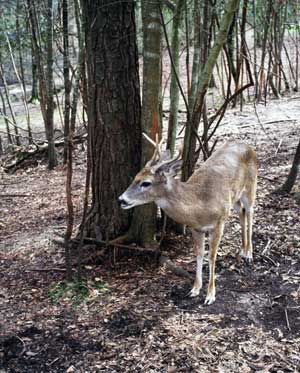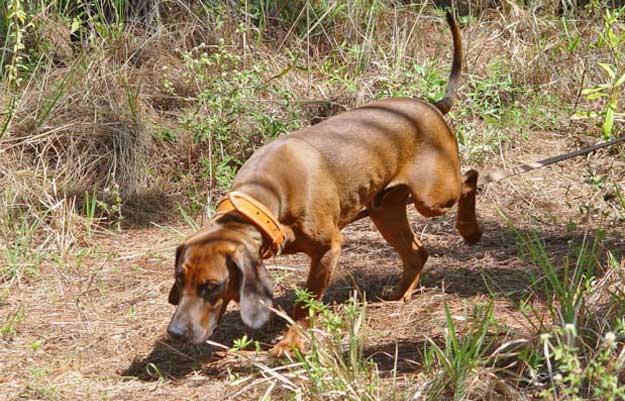 On a typical dog hunt, we will have certain hunters that will get up at 3 a.m. and check all of our game cameras to see if a buck has moved into a certain block of woods the night or the day before the hunt. They’re also searching for deer tracks crossing the roads they travel as they check the game cameras. These hunters will return to camp at about 5 or 6 a.m. and have breakfast with the other hunters at camp. I am the designated breakfast cook. Although I have to get up early, I don’t get up as early as the men who check the trail cameras.
On a typical dog hunt, we will have certain hunters that will get up at 3 a.m. and check all of our game cameras to see if a buck has moved into a certain block of woods the night or the day before the hunt. They’re also searching for deer tracks crossing the roads they travel as they check the game cameras. These hunters will return to camp at about 5 or 6 a.m. and have breakfast with the other hunters at camp. I am the designated breakfast cook. Although I have to get up early, I don’t get up as early as the men who check the trail cameras.
At breakfast, our scouts will report on the bucks they have pictures of on the trail cameras and of the big tracks they have seen on the roads while driving from camera to camera. Then the hunting club members set up a game plan and determine which block of woods we’ll run first, second and third. We will have about 20 or 30 guys in our camp, and just about all of our members will have brought their packs of dogs with them to the hunt. So, we decide which pack of dogs we’ll turn out first and tell our standers the stand sites where we think the bucks probably will cross.
We have CB radios in our trucks, and the man turning out the first pack of dogs will let us all know when he turns the dogs out. If the dogs run a buck out of that first block we hunt and into a second block, then the standers will catch up the first pack of hounds. The standers then will take stands and surround that block of woods. We’ll release a fresh pack of hounds into that second block of woods. However, generally, if we don’t get the buck the first time he crosses the road, we’ll rarely ever take him in the second block of woods. By the time we get our standers around that second block of woods, the buck knows what’s happening and will get away.
Many of the WMAs we hunt have restricted areas where you can't take vehicles. Since we have to have our vehicles to turn dogs out or to load dogs up after they have run, we don’t go into those places. Always seems like if a buck gets away from us after we first jump him, he’ll usually head to those restricted areas where we can’t go.
Part 3: Hunting Deer with Hounds
Part 5: Why Deer Hunting with Dogs Is So Important to Simon Ellis



























